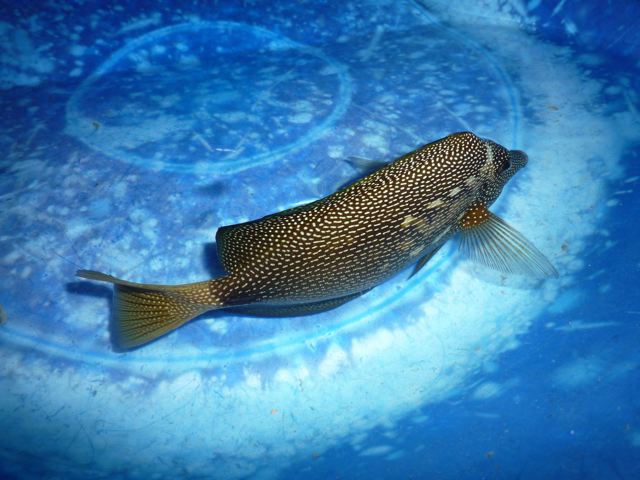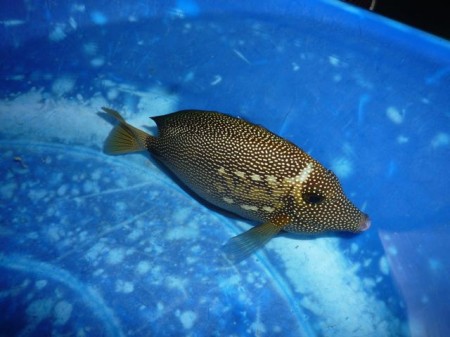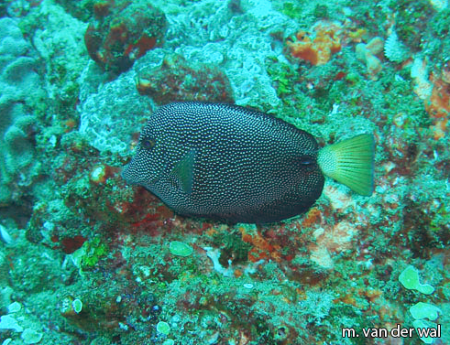Coral Spotting
Most scuba divers visiting the Bunaken National Park are drawn to the region for exhilarating walls and an abundance of sea turtles. And while both are fantastic reasons to visit, here at ReefDivers.io you know we’re really only interested in one thing… corals!
In this new series Coral Spotting in Northern Sulawesi, we’ll give you an overview of popular dive sites around the coast, highlighting common corals, exceptional colonies, and other interesting facts about corals at each location.
Mandolin Wall – Bunaken National Park
Mandolin wall is a drift dive along the edge of a sheer vertical dropoff. Depending on the tides and daily condition there can be a swift current picking up as you swim away from the wall into the blue. Near the end of the wall, currents pickup as you make your way from the edge towards the top of the reef slope.

Symphyllia
After entering the water you will descend around 20m or 65 feet and drift alongside the wall. Around this depth, there is less light reaching the reef and you will find low light corals. One coral you can’t miss are the bright red Symphyllia agaricia.
Symphyllia corals have thick, slow-growing skeletons and fleshy tissue covering the colony. There are a handful of Symphyllia species and we were able to spot three species along this depth, but none as colourful as these bright red corals with contrasting yellow mouths. The colony below was over 30cm or 12inches wide.
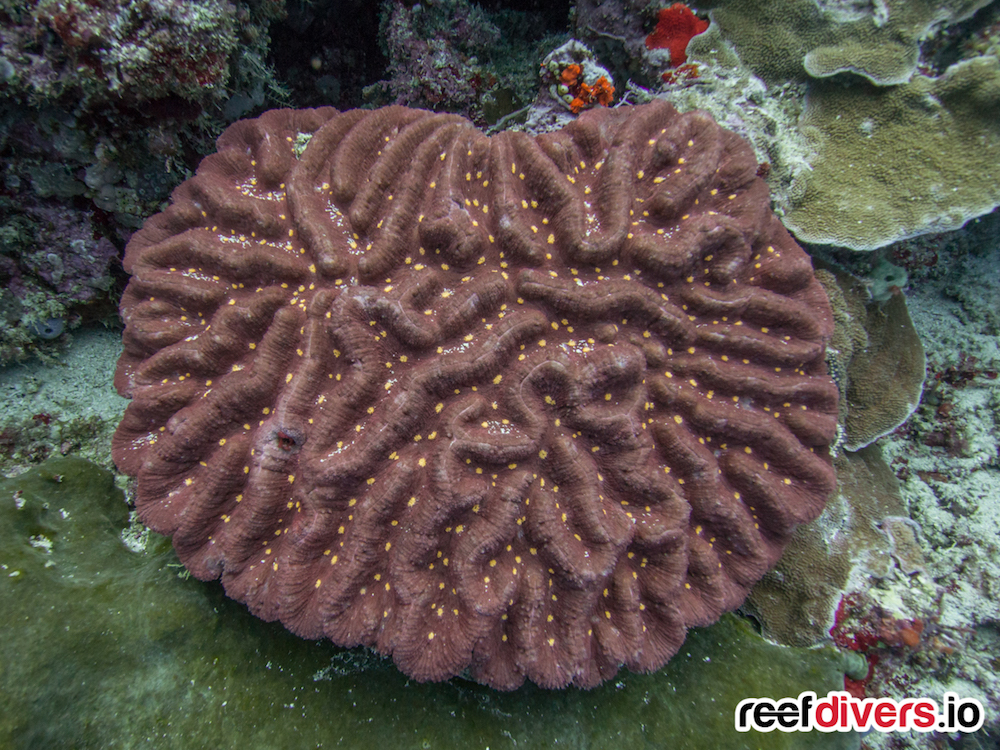
The Symphyllia coral is one continuous skeleton, attached to the substrate under the centre of the colony. For Symphyllia agaricia colonies the ridges run from the edge of the colony across the centre, although at one point the ridge stops instead of being fully connected across the colony. Valleys are roughly 35mm wide and usually separated by a narrow groove at the top of each ridge.
Symphyllia corals are often tucked into the recess of the reef, not exposed to the edges where the current is strongest. You can find them growing on the walls in large dome-shaped colonies, becoming flat as they grow older, or when exposed to constant current.
Colour: Brown, green or red, usually with distinctly contrasting valley and wall colours.
Lobophyllia
There were a few colonies of Lobophyllia at the Mandolin site. Not really a stand out coral but worth mentioning in comparison to Symphyllia. The common species you will find is Lobophyllia flabelliformis which has a grey colouration with contrasting yellow or white mouths.
The biggest difference between these two species of coral is the shape of the skeleton. Lobophyllia corals have separated lobes, while Symphyllia is one solid skeleton. Each lobe has thick tissue extending from the skeleton but the valleys are separated into small clusters.
Compared to Symphyllia, you can see these corals have the same colour but a different skeletal structure. Lobophyllia flabelliformis colonies can also get much bigger than Symphyllia covering several meters and having more than one hundred lobes.
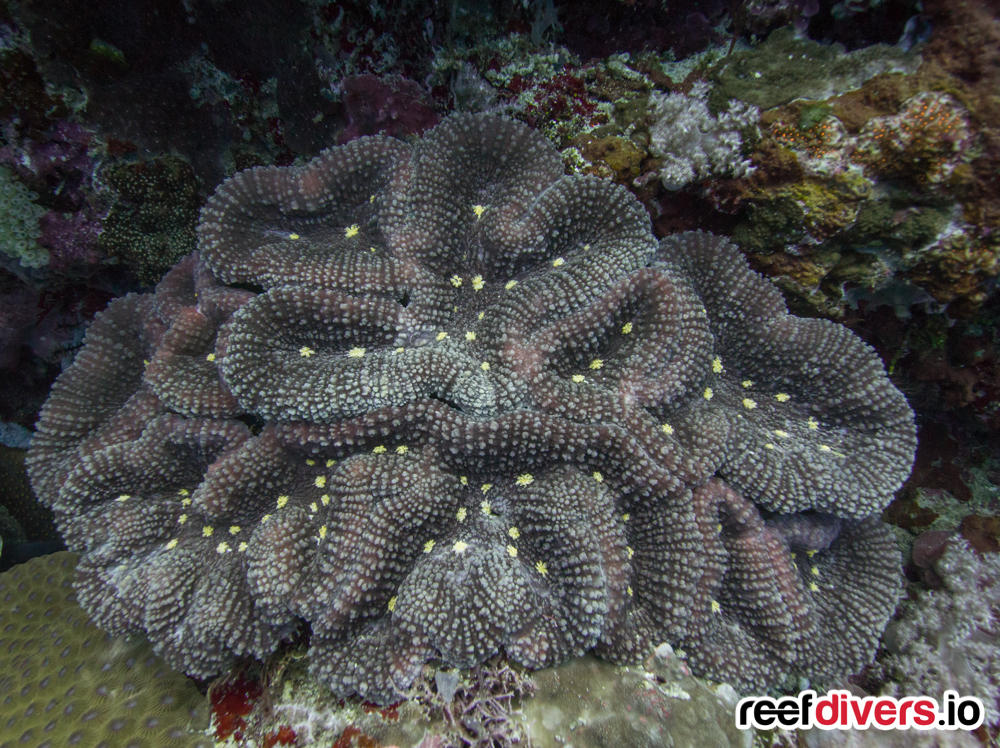
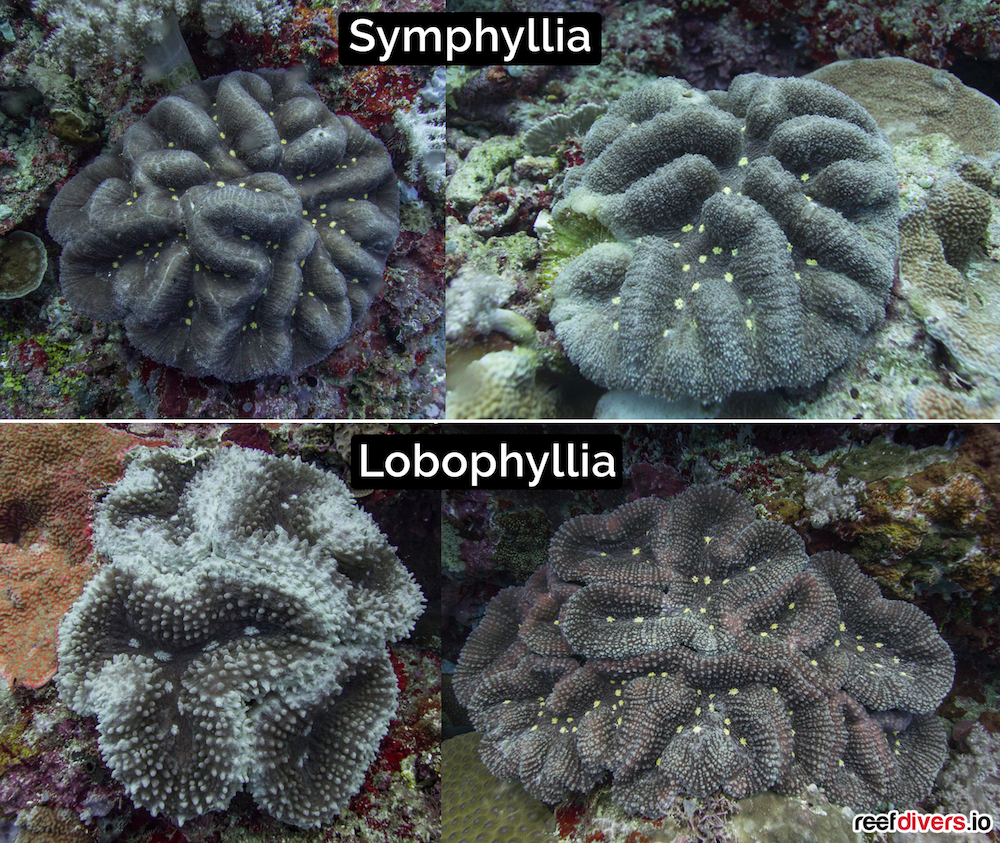
Isopora
By now you will be making your way to the end of the wall, and ascending the reef slope. Above 10m or 30feet, you will start seeing more branching stony corals, and Isopora is especially prolific at the Mandolin dive site. The top of the reef slope between 2-5 meters is covered in the thick branching Isopora, and this is one coral which is impossible to miss.
Isopora forms robust colonies with thick blades, and the entire colony is covered in smooth, rounded corallites. The blades are upright stretching to the surface and the tops of each blade are normally a pale colour. Isopora is mostly pale brownish yellow, but can also have tints of purple, pink, and blue.
You will find this coral in the shallowest part of the reef at the top of reef slope, and in flat shallow reefs between 2 and 5 meters (6 to 16 feet). Colonies can grow to several meters across.
Thanks to Murex Dive Resorts for showing us around Northern Sulawesi. Do you have a favourite dive site in Bunaken? Let us know in the comments.


